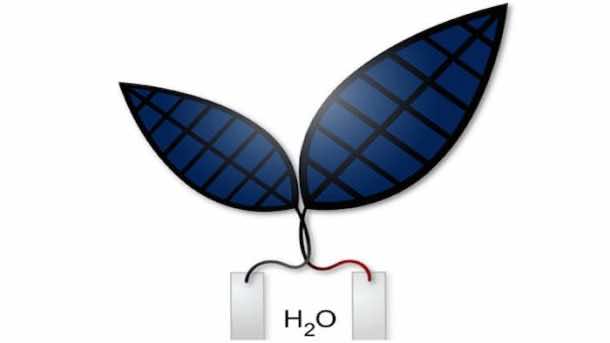Plants and Algae are capable of harvesting the energy of the Sun with the help of chemical reactions, chlorophyll, and water. We have been able to use the energy of the Sun in the form of electricity but what plants do is convert that energy into food for the plant which is then stored in various parts. In recent years, great strides have been made to achieve this level artificially and help create biofuels through this process. In 2011, the first cost-effective artificial leaves were made that were stable. In 2013, they went one step further, and self-healing one were made that could run on unpurified water. Now the researchers are at it again and this time, they have actually surpassed the efficiency of natural leaves themselves.

The new bionic leaf 2.0 is the work of Harvard University’s Daniel Nocera and Pamela Silver, both professors in the field of Biochemistry. The new leaf can be placed into water, and it starts absorbing sunlight and splitting water molecules into the component gasses Hydrogen and Oxygen. Both of them can be harvested and then used in fuel cells. But, Hydrogen is now also being used to produce biofuels with the help of genetically engineered bacteria.
Now the latest leaf beats nature itself too. The catalyst that is used here is far better than nature, and it can accelerate the reaction at a much faster pace than the previous versions. In previous attempts, the nickel-molybdenum-zinc would generate reactive Oxygen that damaged the bacteria’s DNA. Due tot his reason, the leaf was run at a higher voltage that brought down the efficiency. This time, it was a cobalt-phosphorous alloy catalyst that was used and it didn’t produce the reactive Oxygen and resulted in a dramatic increase in the efficiency up to as much as ten times! So, these leaves could very well be the future of solar energy and can be used very effectively. Nature is the greatest chemist, and it has finally been realized.
Silver and Nocera have already synthesized compounds such as isobutanol, isopentanol, and PHB, a bio-plastic precursor. The catalysts used here are self-healing and don’t produce any by-products. It could very well be the next major renewable energy source.


